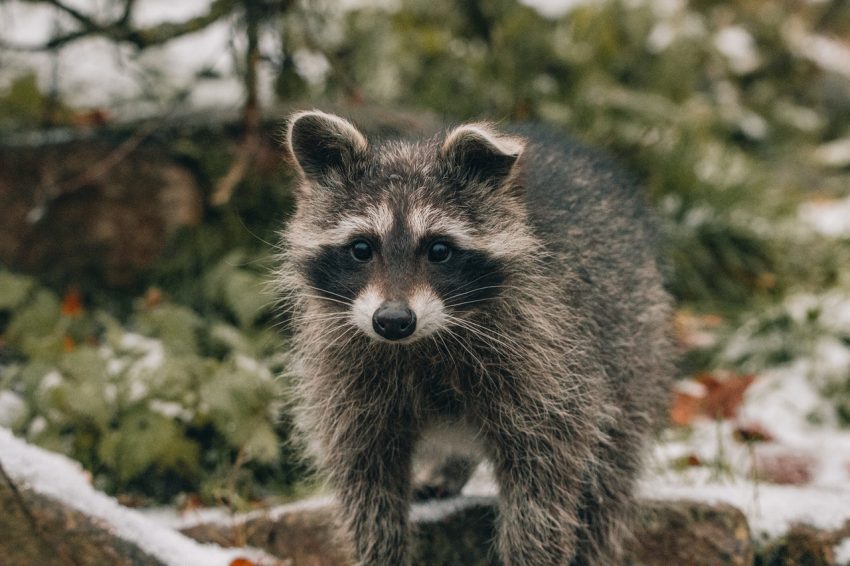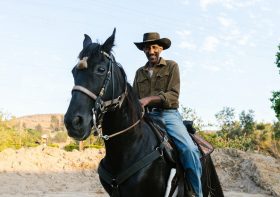Why Is Wildlife Capture and Removal Essential?

If you live in an area where wildlife is frequent, you might wonder why you should hire professional services to capture and remove such animals. This article will discuss the importance of capturing nature, the legalities surrounding the practice, and how to remove the captured animals safely. Also, we’ll discuss some of the health hazards of handling these animals. Finally, we’ll discuss the costs of such services. Learn more at wildlife capture and removal Sacramento CA.
Animals prone to rabies
The rabies virus can infect humans by biting infected wild carnivores, including bats. In the United States, raccoons, skunks, and foxes are the most common rabies reservoirs. However, other wildlife species, including bats, are a potential source of the virus.
The symptoms of rabies disease vary from animal to animal. Still, an animal infected with rabies may have unusual behavior, such as self-mutilation, lack of fear, or excessive aggression. Other signs of rabies include loss of coordination, paralysis, and excessive salivation. Rabies is the most dangerous disease caused by a virus in the central nervous system, so proper wildlife capture and removal are imperative.
The animal should be euthanized if a dog bites it. However, the animal must be tested for rabies to avoid spreading the disease. You should report exposure to wild animals to the local health department within 48 hours. You must remove rabies-infected animals immediately after exposure. Observation is necessary for at least ten days after the animal’s bite.
Human/wildlife conflicts
Managing human/wildlife conflicts is essential to protect humans and the environment. Unfortunately, these conflicts result in the death or injury of humans and animals. They are also a significant concern for many threatened species, such as bears. Several management methods reduce the risk of human-wildlife conflicts, such as trapping and fencing. In addition to these methods, there are many alternatives, including euthanasia.
The effectiveness of conservation measures depends on how well they address human/wildlife conflict. Sometimes, reducing wildlife damage does not result in a long-term conflict resolution. This is because conflict scenarios are rarely simple, and the nature of human/wildlife conflict requires careful consideration. As a result, mitigation strategies must be carefully considered and tested before being implemented. By doing so, you can reach a better solution.
Health hazards
Health hazards from exposure to wild animals are a significant concern when working in the field. Wildlife disease can cause severe and sometimes deadly health conditions, and protecting yourself from these risks is essential. A well-trained wildlife conservation officer will have the appropriate equipment to prevent disease and injury. The choice of protective gear is also critical, and proper use of ladders and fall-stop equipment is essential. Working in warm climates can also expose you to dangerous diseases like heat stroke. Therefore, you should always wear protective clothing, carry a water source, and keep yourself hydrated.
The health hazards of wildlife capture and removal are often discussed in Module 12, “Wildlife Damage Management,” or WDM. This module is designed to inform you of the hazards of WDM, including how to prevent injuries and OSHA regulations. Wild animal damage management is hazardous work, and the health hazards include animal exposure, the tools used, and the environment. The module also covers respiratory protection and how to protect yourself from potential injuries during work in the field.
Cost
The cost of wildlife capture and removal varies depending on where you live, what animal is infesting your home, and how extensive the damage is. Generally, it costs between $200 and $350, depending on how complex your wildlife problem is. Problem wildlife includes raccoons in the attic, squirrels in the garage, and birds in the chimney. In some cases, city and county wildlife control services will remove the wildlife for free.
In addition to trapping animals, nuisance wildlife removal services include exclusion. This involves sealing entrance points, modifying the habitat, and repairing damage caused by wild animals. Ask about their rates before deciding if you do not want to hire a wildlife control company. Many companies will include wildlife exclusion as part of their service, so it is essential to shop around. Be prepared to pay for wildlife removal services.


Leave a Reply